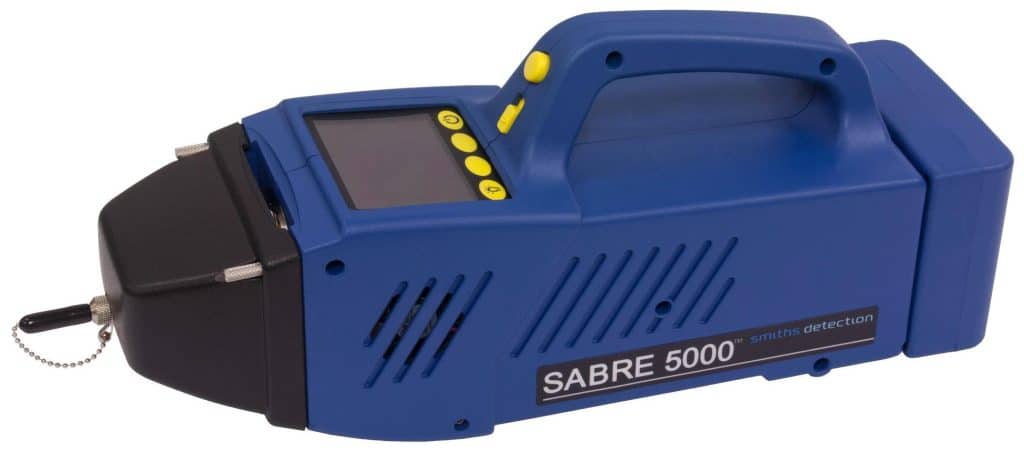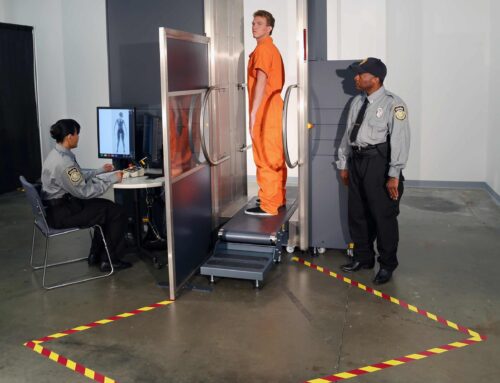As weapons detection systems become increasingly advanced, it’s important to understand the science and technology that goes into them. From sensors and cameras to analytics software, weapon detection systems use a variety of components and gadgets to detect potential risks. Here is an overview of these sophisticated security solutions which keep us safe from harm.
The Need for Weapon Detection Systems
Weapon detection systems are an integral part of public and private security infrastructure. These systems prevent acts of terror, protect digital assets, and much more. Such systems are essential in today’s world to ensure safety without sacrificing the civil liberties of people. As a result, understanding the need for weapon detection systems is important before diving into their the technology they employ.
Types of Security Weapon Detectors
It’s important to mention the different types of weapon detection systems that are currently being used. For example, hand held metal detectors are widespread in airport security. These devices work by detecting objects made from metal, like a pistol or knife. In addition, modern technology such as security X-ray machines and thermal imaging cameras are being increasingly employed for similar purposes. This gives security personnel greater accuracy and precision when examining potentially dangerous items.
Exploring Analysis and Signal Processing Components
Advanced weapon detection systems rely on sophisticated analysis and signal processing algorithms to accurately detect and identify potential threats. This is why the system needs a data-rich model of an object such as a gun, in order to accurately determine if an object is a real weapon or not. To create this model, tests are run on the object’s physical properties (such as size, shape and weight) and image scanning algorithms are used to recognize its contours or texture.
Radar-Based Detection Technology & Limitations
Another type of weapon detection system used for security today is a radar-based system. These systems make use of electromagnetic waves to detect the presence, location and speed of objects. While these systems tend to be highly accurate, they also have certain limitations. For instance, they struggle to analyze through walls or other obstructions and can’t accurately detect weapons in some scenarios such as in elevator shafts. Additionally, false alarms can occur due to interference from competing signals in heavily trafficked areas.
Digital Network Solutions for Weapon Detection
In addition to radar-based systems, digital network technology is another solution for weapon detection. Digital Networks typically use cameras and detectors to recognize weapons in an area. These networks can be used to capture real-time data from multiple sources such as security cameras, sensors and motion detectors. This allows the system to detect threats instantaneously and alert appropriate authorities of any suspicious activity. Furthermore, digital networks are often designed with advanced algorithms that can identify objects regardless of their size or shape while also helping reduce false alarms due to environmental noise.






